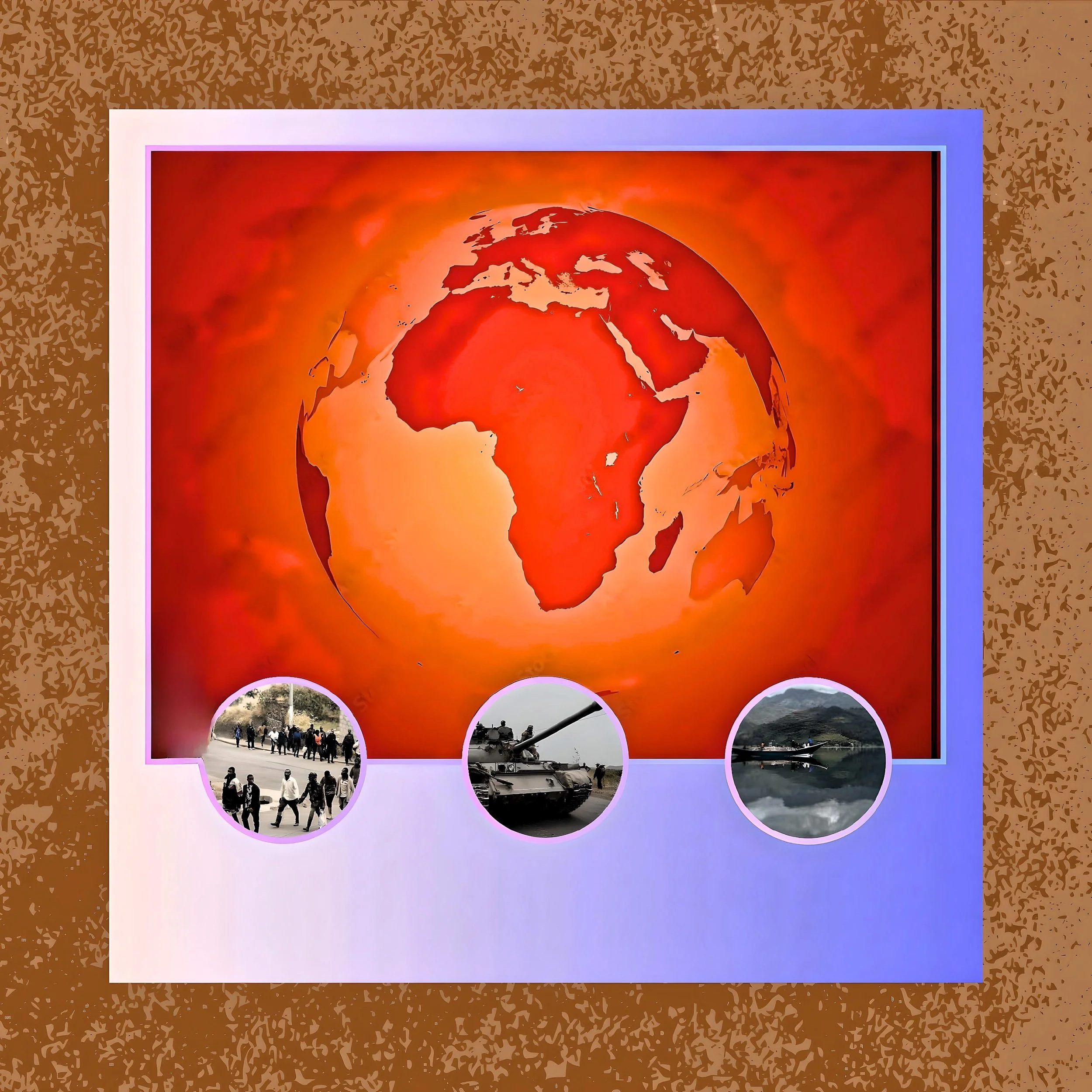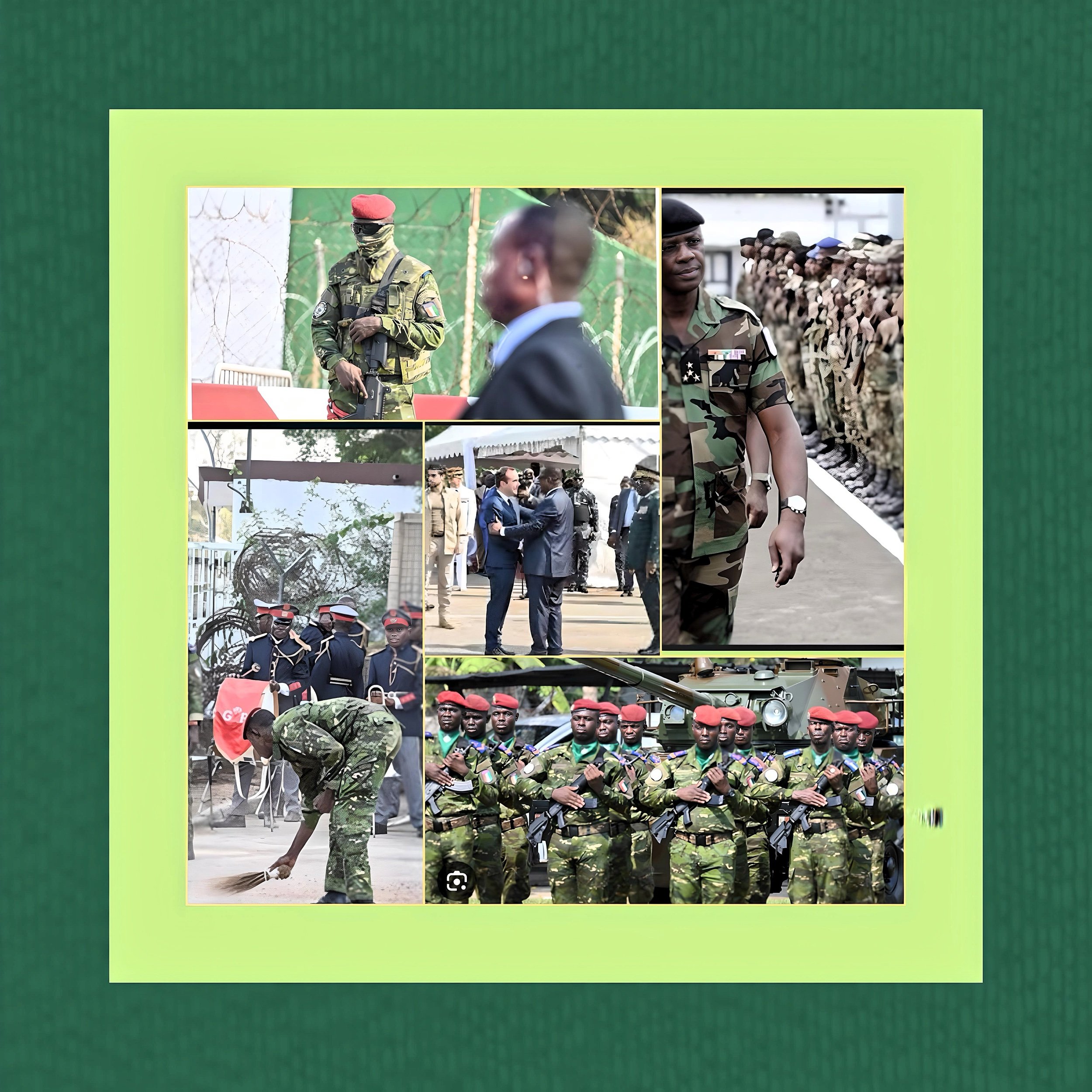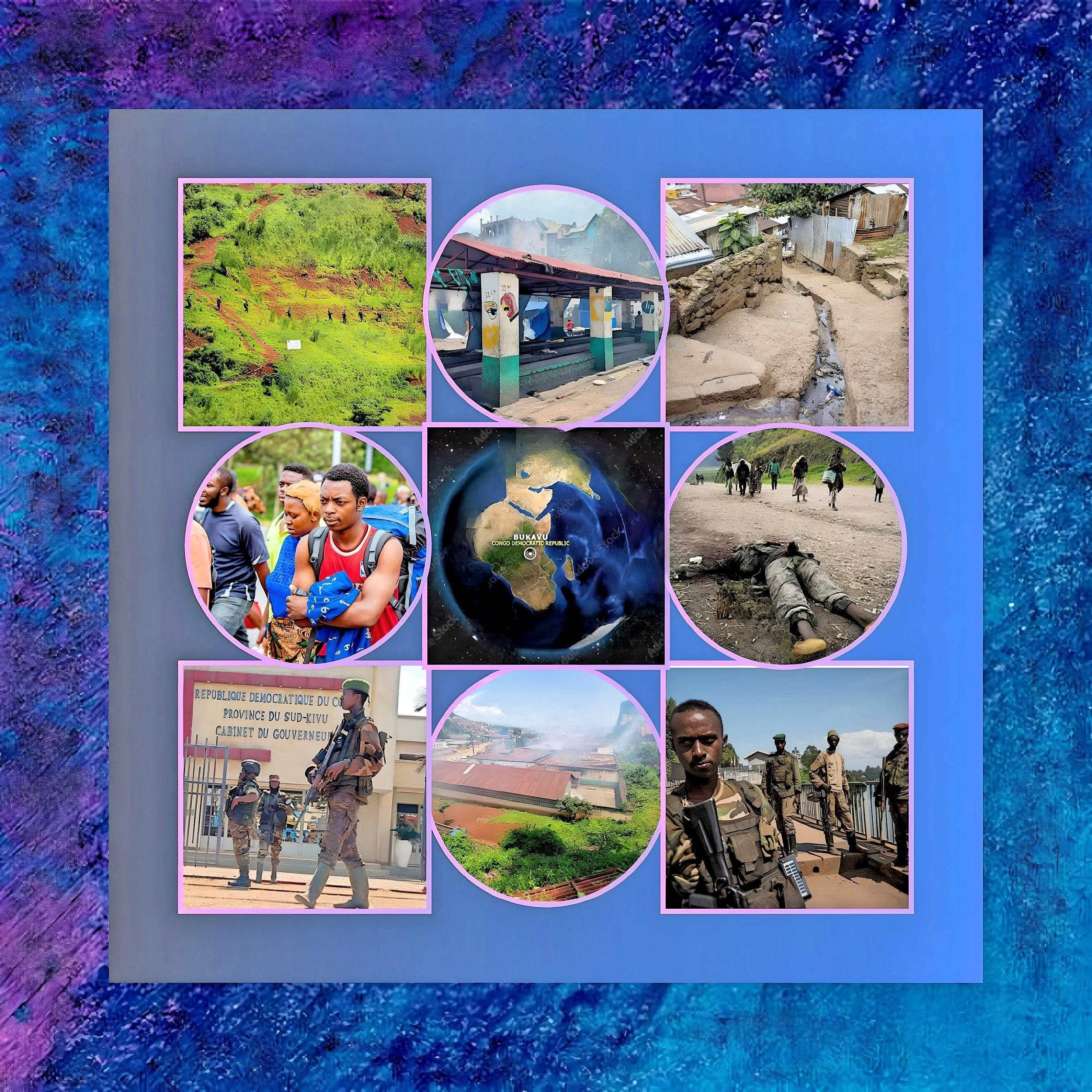The Reopening of Goma’s Port on Lake Kivu: A Fragile Lifeline Amidst Escalating Conflict
Introduction
The resumption of boat traffic at Goma’s port on Lake Kivu in late February 2025 marks a critical juncture in the Democratic Republic of the Congo’s (DRC) protracted humanitarian crisis.
While the reopening offers temporary relief to communities cut off by months of fighting between the M23 rebel group and Congolese forces, it underscores the fragile balance between survival and systemic collapse in a region besieged by armed conflict, resource exploitation, and geopolitical proxy wars.
Historical Significance of Lake Kivu’s Ports
Vital Transport Networks in Eastern DRC
Lake Kivu, straddling the DRC-Rwanda border, has long served as a lifeline for eastern Congo’s landlocked communities.
The ports of Goma (North Kivu) and Bukavu (South Kivu) facilitate trade, aid delivery, and population movement across a region where 90% of roads are impassable during rainy seasons.
Before the M23’s resurgence in 2021, these ports handled over 1,000 metric tons of goods monthly, connecting agricultural heartlands to urban markets. During the 2021 Nyiragongo volcanic eruption, Goma’s port became a critical hub for evacuating 400,000 displaced persons and channeling emergency supplies when road access failed.
Collapse Under Conflict
M23’s capture of Goma in January 2025 and Bukavu in February 2025 severed Lake Kivu’s transport networks.
Congolese forces and allied militias blockaded the lake to starve rebels of resources, while M23 retaliated by mining waterways. By mid-February, the World Food Programme (WFP) reported 7,000 metric tons of food looted in Bukavu, and Goma’s airport—a hub for airlifting aid—remained shuttered, paralyzing relief efforts.
The February 2025 Reopening: Tactical Concessions and Humanitarian Calculus
M23’s Strategic Gambit
The rebel group’s decision to reopen Goma’s port on February 18, 2025, reflects a dual strategy:
Legitimization
By permitting aid delivery to Idjwi Island and displaced camps, M23 seeks to counter narratives of brutality amid UN reports of child executions and widespread looting.
Economic Leverage
Controlling the port allows M23 to tax goods and consolidate power over North Kivu’s informal economy, which includes illicit mineral flows. The group’s governor, Erasto Bahati Musanga, framed the reopening as “restoring normalcy,” yet traders report extortion at newly established checkpoints.
Immediate Humanitarian Impact
Aid Resumption
The first boat from Bukavu to Goma carried 100 passengers, including traders restocking depleted markets. Prices for maize and beans dropped by 30% within 48 hours of resumed shipments.
Displacement Crisis
Over 405,000 people displaced since January 2025 now rely on lake transport to access shelters in Minova and Kalehe, where cholera outbreaks threaten 120,000 IDPs.
Medical Supply Chains
Médecins Sans Frontières (MSF) used the port to deliver surgical kits to Kyeshero Hospital, which treated 142 gunshot and shrapnel wounds in the reopening’s first week.
Structural Challenges and Risks
Persistent Insecurity
Despite M23’s claims of stability, the UN documented 42 attacks on aid convoys near Goma’s port between February 18–20, 2025, including the looting of a WFP warehouse storing therapeutic food for malnourished children. Congolese army remnants and Maï-Maï militias continue ambushing boats, fearing M23 will monopolize revenue from the $10–$27 ferry tickets.
Infrastructure Decay
Years of neglect have left port facilities in disrepair. The “Emmanuel,” the sole functioning ferry, operates at 40% capacity due to engine faults, while fuel shortages—exacerbated by Rwanda’s blockade of overland routes—limit daily crossings to two. Satellite imagery reveals silt buildup at Goma’s docking bays, reducing navigability for larger vessels.
Geopolitical Tensions
Rwanda’s alleged backing of M23 complicates aid logistics. Humanitarian groups must negotiate access with both Kinshasa and rebel leaders, delaying shipments. The DRC’s suspension of bilateral trade with Rwanda in January 2025 has further strained regional supply chains, inflating the cost of fuel by 200%.
Long-Term Implications and Recommendations
The Port as a Bellwether
Goma’s port will remain a barometer of M23’s governance capabilities. Sustained operation requires:
Demilitarized Corridors
UN-brokered agreements to halt attacks on aid routes, modeled on the 2023 Goma Ceasefire Accord.
Infrastructure Investment
The African Development Bank’s proposed $15 million dredging project could restore deep-water access, but funding remains stalled.
Accountability and Transparency
The DRC government and international partners must:
Monitor Resource Exploitation
Satellite tracking of mineral shipments from the port to prevent M23’s profit laundering.
Condition Aid on Compliance
Link humanitarian funding to M23’s adherence to human rights norms, as advocated by the EU’s February 2025 sanctions package.
Grassroots Resilience
Local cooperatives, such as the Idjwi Fishermen’s Union, have begun ferry services to bypass M23-controlled docks. Supporting these initiatives with microloans and fuel subsidies could decentralize supply chains and reduce dependency on armed groups.
Conclusion
A Precarious Harbor in the Storm
The reopening of Goma’s port offers a reprieve, not a solution, to eastern DRC’s intersecting crises.
While 12,000 metric tons of aid reached North Kivu in the first week, this figure represents just 8% of the region’s monthly needs.
Lasting stability demands dismantling the economic architecture of conflict—from illicit mineral trades to cross-border proxy warfare—that transforms infrastructure like Lake Kivu’s ports into pawns in a deadlier game.
As the UN Security Council meets to debate renewed peacekeeping mandates, the voices of Goma’s traders, nurses, and displaced families must guide policies that prioritize lives over geopolitical scorekeeping.
The coming weeks will test whether the international community can leverage this fragile opening into a durable pathway for peace—or whether eastern Congo’s cycle of violence will close another chapter with temporary relief drowned in the lake’s depths.






